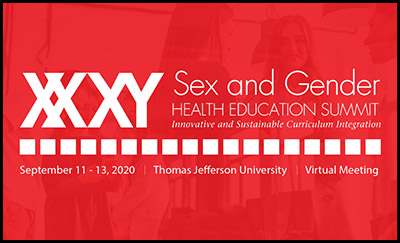July 2020, New York

This discussion reviewed some of the most important changes in medical thought and practice since the delineation of the structure of DNA in the 21st Century, termed the Postgenomic Era.
The 20th century was the century of “hard heredity”: the gene was regarded as the sole architect of phenotype and was thought to be sequestered from social influences/environmental experience. The 21st century concept of heredity is vastly different: the chromatin of the nucleus is regarded now as a signal integration and storage platform in which the environmental signal has the potential to be entered into transcriptional memory to set the implant for the future (Landecker, 2016) The science of epigenetics reconciled for the first time the intimate relationship between gene expression and the environment.
Epigenetic modification of DNA was proven to be a causal source of gene regulation that makes every biological process socially patterned, provides the possibility of inheriting the consequences of socio-environmental exposures and makes a good potential target for reversibility by pharmacological and social intervention.
The postgenomic era marked a transition from clinical research on large epidemiological studies on whole populations to investigation of molecular biology in the individual. The diminished emphasis on large epidemiologic studies, had important and not always positive effects on public health.
The concept of personalized medicine, which delineated the unique composition of each individual at the molecular level promised more precisely, person-focused interventions for the prevention and treatment of disease.
Artificial intelligence infiltrated medical investigation, at its best augmenting human competence. Many questions about AI remain to be answered: what are the ethics of AI interventions in medical diagnosis and treatment recommendations? What accommodation is sex-specific biology being given in the development of AI programs?
The development of robots in anticipation of space travel and human colonization of other celestial bodies expanded exponentially.
Medicine in the 21st century has softened the designation of humans into one of two and only two boxes: male and female. Two rigid definitions of biological sex are rejected and replaced by a broader concept of variations between the two. We are now considering the biological basis of variations in the human population’s sexual identity.
